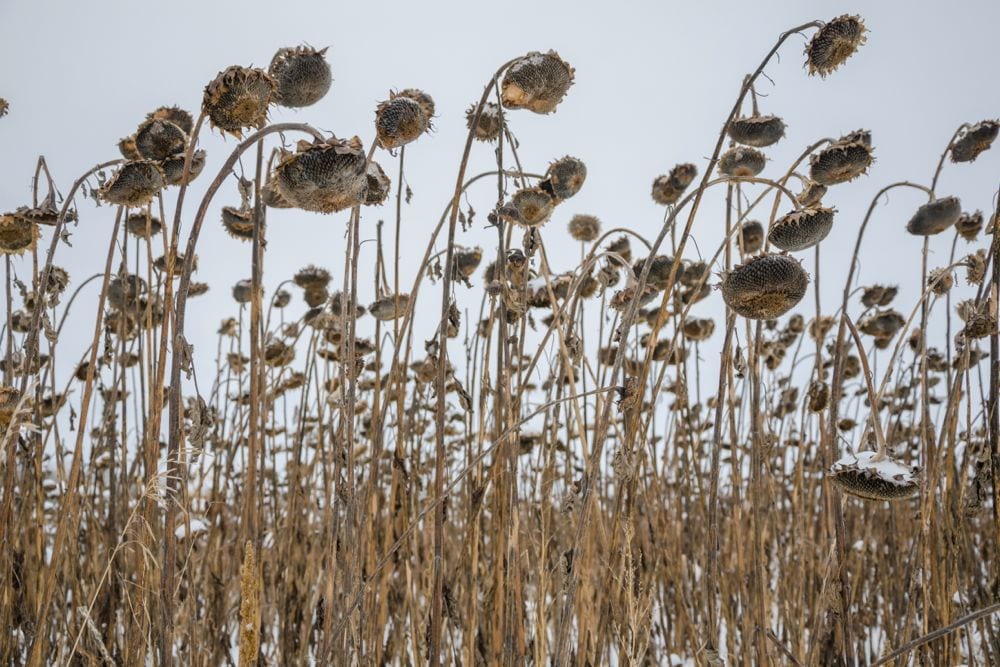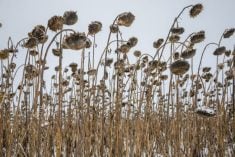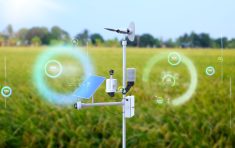As Drew Lerner stood by his weather outlook for the strong likelihood of below normal rainfall and above normal temperatures this summer for the Canadian Prairies, along with the United States Midwest and Plains, he has now slightly moderated that long range forecast.
About a month ago, the president of World Weather Inc. in Overland Park, Kan. said there was a fairly strong chance of conditions turning hot and dry come June and July across the above regions, but in the ensuing weeks things changed somewhat.
Read Also

Prairie forecast: Warm start, then cooler
Prairie forecast calls for warm temperatures to give way to cooler, wetter weather week of Oct. 22-29.
“The rains that have occurred in the U.S. Midwest and the Plains, and those getting ready to occur in Western Canada, are indicative of better than expected moisture. So it will make the ridge of high pressure a little slower developing, which will help to allow for greater amounts of rain to occur,” Lerner explained.
But Lerner stressed that won’t stop the potential for a high pressure ridge to form in the middle of the U.S. The recent rains across the Midwest and Plains could now be delayed from late May to early June and reduce the chances of weather extremes from occurring.
“When the ridge does build, it means a lot of the disturbances will go over the top…which will perpetuate rain across the western and northern parts of Saskatchewan,” Lerner stated. “If La Nina’s influence is significant enough, it will help to reduce that anomaly for Manitoba and southeastern Saskatchewan.”
“This doesn’t mean the trend is not going to be there, just likely a little less of an impact,” he added.
Lerner attributed the coming weather to a pair of factors, one being the 18-year cycle, which favours below normal precipitation and above normal temperatures and is also known as the lunar cycle. The other being the coming La Nina which can often lead to more moisture for parts of the Prairies.












